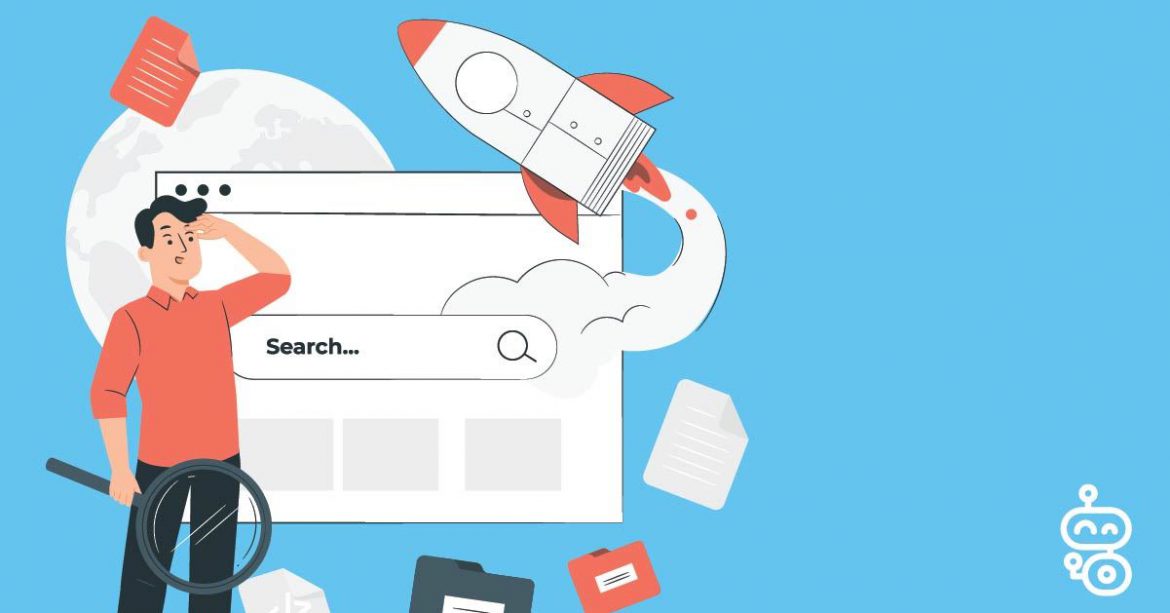10 Ways to Improve SEO
Source: Marketing Eye Australia
Remember Search Engine Optimising (SEO) is a long-term game. To improve your site’s ranking (SEO) we’ve made a list ‘10 Ways to Improve SEO’.
Follow these suggestions and watch your website rise the ranks to the top of search-engine results.
- Publish relevant content
Quality content is the number one driver for your search engine rankings, and simply put there is no greater substitute for great content. When you create quality content specifically for your intended users, site traffic increases, which leads to an improvement in your site’s authority and relevance. For each page identify and target a specific keyword phrase and repeat this keyword phrase several times throughout the page.
- Update your content regularly
In addition to publishing relevant content, aim to update your content regularly. Remember search engines feel strongly about content. Regularly updated content is viewed as one of the best indicators of a site’s relevancy, so be sure to keep it fresh. Review your content on a regular basis and make any necessary updates as needed.
- Boost pages with internal links
Internal links are links from one page on the same domain to another. When internal links are used strategically, they can significantly boost the performance of pages in search engines because internal links support the flow of PageRank around your site. In simple terms, the more internal links your page has the higher its PageRank, which is important considering PageRank is a confirmed Google ranking factor.
- Refresh content with diminishing traffic
Aim to complete regular content audits of your page. If you notice that organic traffic to one of your pages is decreasing, consider updating the content. Remember updating content doesn’t always mean rewriting the entire page. It comes down to your target keywords and their competition. Quite often all you need to do is refresh the outdated sections.
- Focus on metadata
When designing your website, each page contains a space between the <head> tags to insert metadata, or information about the contents of your page. The most important type of metadata is ‘title metadata’. This metadata is responsible for the page titles displayed at the top of a browser window and as the headline within search engine results. In terms of a good meta description aim to include generally two full sentences.
- Use ALT tags
A key piece of information that will go a long way in increasing SEO is describing your visual and video media using alt tags, or alternative text descriptions. The use of Alt tags allows search engines to locate your page, which is crucial especially for those who may only use text-only browsers.
- Replicate backlinks from outdated, low-quality pages
When you perform a Google Search, often click on the first result only to find a substandard piece of content. It’s likely you started thinking how this page is ranked number one. Moments like this present opportunities in the sense that if poor pieces of content can get tons of high-quality links and rank in Google, so can you. To do this, find the substandard pieces of content that have lots of links and get the people linking to them to link to you instead.
- Have a link-worthy site
Aim to focus on creating relevant links within the text. Rather than having a link that says ‘click here’ try writing out the name of the destination. If you think about a ‘click here’ link has no real search engine value beyond the attached URL, however if you write the name of the destination for example ‘Marketing Eye Blog’ the description is rich with keywords and will more likely improve search engine rankings.
- Optimise the page speed of important pages
Everyone has clicked through to a page that takes ages to load. In most cases you either repeatedly clicked the refresh button or probably clicked the back button and tried another site. Ultimately slow pages are bad for business and SEO. To improve page speed and keep readers on your site consider reducing image sizes and enabling browser caching. This will allow your users to load your page without having to wait very long.
- Improve the click-through-rate of your top-ranking pages
The title tag of a page acts as the headline of an article. Ultimately it is your job to entice the searcher to click through to the page. If you can write a title tag that persuades people to choose your page over the others, you’ve won. Aim to add powerful words to your title that tap into people’s emotions. Keep your title tags short and sweet to capture the reader’s attention and improve readability.
Source: Marketing Eye Australia


